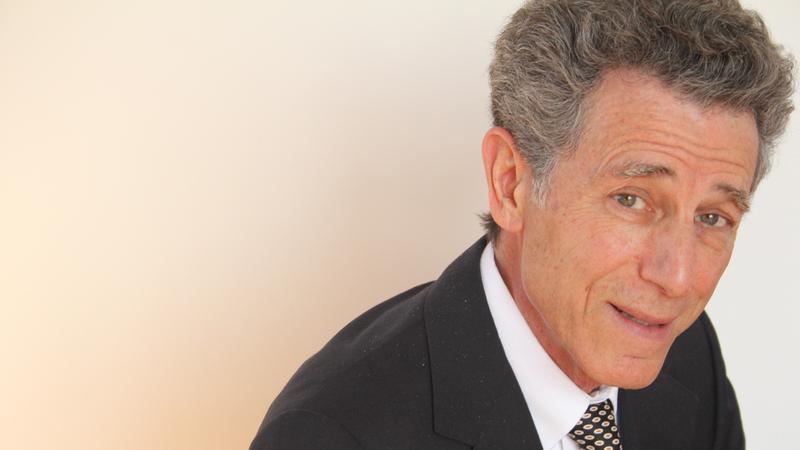From: bizjournals.com
IceStone is a triple bottom line company (people, planet and profit).
Environmental stewardship and social responsibility are as important to their stakeholders as a profitable bottom line.
It is 10 percent employee-owned and provides health benefits, living wages, immigration assistance and life-skill training programs to all its employees, who also participate in the profit-sharing plan and have an active voice in the operation and direction of the company.
Steve Blue: Tell us about IceStone.
Dal LaMagna: IceStone was created in 2003 and makes beautiful countertops out of recycled glass and cement, keeping over a 100 million tons of glass out of the landfills. I was an original investor in the company, coming out of retirement to take it over because it was losing money.
Blue: Is it correct that when you took over, you didn’t cut wages, you raised wages?
LaMagna: I sold 80 investors 30 percent of the company; $1.2 million dollars. The investors agreed that we were going to empower the employees by giving them 10 percent ownership of the company, and when they got their money back, another 10 percent would go to the employees as a bonus. The five highest paid people voluntarily left, which was $900,000 in salaries right there. For the people at the bottom of the company making $10 an hour, we told them we were moving them up to $15. It wasn’t a raise; it was a living wage adjustment.
Some other people at the top took 10 percent salary cuts so the people on the bottom could get that raise. There began this whole culture of everyone’s in it together, all cooperating, without competition.
We set up an executive committee of five people to run the company. I held classes to teach everyone how profit and loss works, and how a business operates. We were just about breaking even when hurricane Sandy came through New York leaving five feet of water in the factory and $6,000,000 of damaged equipment. We had no flood insurance. I thought it was game over. The employees said, “No, no, no, we could fix this, we’ll take apart every motor, dry everything out, replace the corroded stuff. We can fix this. We don’t have to replace the equipment.”
After four months, we finally got a $988,000 SBA loan. Within eight months, the factory was running again. That would not have happened without the commitment and dedication of the employees.
We got a lot of press in The New York Times, Fortune Magazine, Business Week, Inc., with stories about this company being employee-empowered and making a green product in America.
When Sandy hit, it was over for the investors, so I was funding the company, owning just under 50 percent. For all intents and purposes, one could say I run the company, but I wasn’t acting that way. I was letting the employees do it. However, I did reserve the executive decision.
We’re at a point right now where we need to do $350,000 per month in business to succeed and we’re only doing $250,000. We’re losing $35,000 per week currently. I’ve taught them everything I can teach them and told them, “You’re on your own now. I’m going to fund you until September and if you don’t figure out how to work it, something’s going to change.” The employees chose to close the factory one day a week and took a 20 percent salary cut, saving them $55,000 on salaries through the summer. Then we’ll see where we’re at.
Blue: It’s the ultimate empowerment. You’re empowering all the way. I’ve never heard of such a thing. It’s one thing for CEOs to pull companies out of the depths of despair, but it’s another thing to turn it over to the employees.
LaMagna: One thing I do really well is invest in the stock market. I borrowed $20,000 from my margin account and paid 4 percent interest on it. I lent it to IceStone for 4 percent and opened up a trading account for them. Because I have a trading account for IceStone, I was able to margin that, ending up with $700,000 to play with in the stock market. I set this up last November and to date, I’ve made $1.3 million dollars. The stock account is now what’s funding operations.
Blue: That’s incredible. Good for you.
LaMagna: All I do is hold the culture, coach them and give them advice. Putting the employees first is what it’s all about.








Leave a Reply
You must be logged in to post a comment.